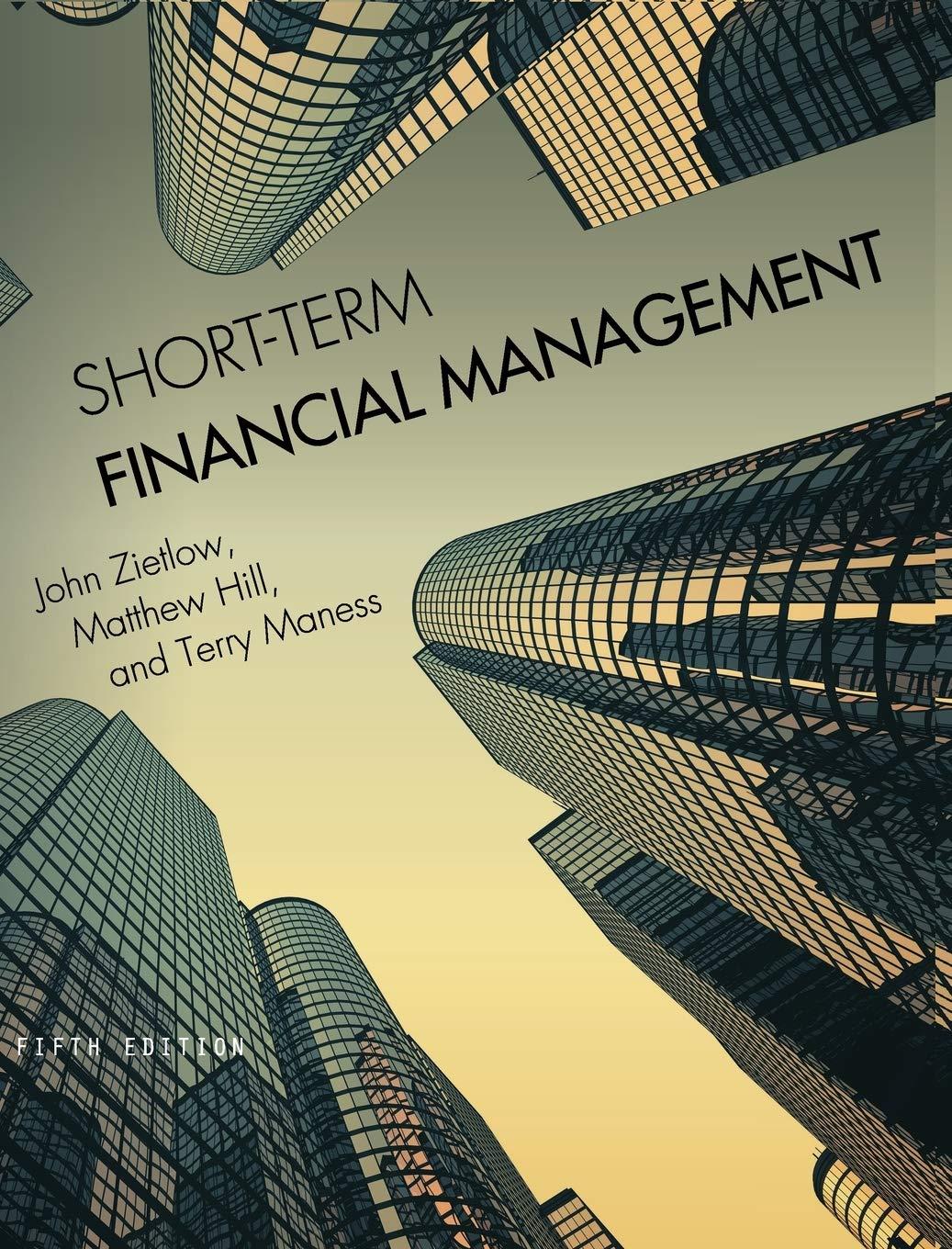Answered step by step
Verified Expert Solution
Question
1 Approved Answer
who can slove those questions?thanks 1. Begin in medium-run equilibrium where actual and expected inflation equals 2% in period t. Suppose there is an increase
who can slove those questions?thanks 
1. Begin in medium-run equilibrium where actual and expected inflation equals 2% in period t. Suppose there is an increase in consumer confidence at period t+1. Given that 1+1 = 16 and 17+2 = 714+1; or, in other words, tee = (-1). Assume also that the zero lower bound of the nominal interest rate is not binding. Answer the following questions: (1) Assume that the expected inflation rate for period t+1 (at period t) still equals 2% after consumers' confidence increases. How does the short-run equilibrium output and actual inflation rate in period t+1 compare to the equilibrium output and actual inflation rate in period t if the central bank does not change the real policy rate from period t to period t+1? (10%) Draw diagrams to show the movement from period t to period t+1 using IS-LM-PC model with words. (10%). (2) (Continued from the above) Suppose that the increase of consumers' confidence at period t+1 increases the change of inflation rate (i.e., 11t+1 - TIe) that is equal to 5%. What is the actual inflation in period t+1? Moreover, in period t+2 consumer's confidence remains high (equal to that in period t+1) and the central bank does not change the real policy rate. What will be the actual inflation rate at period t+2? (10%) Draw IS-LM-PC model to explain with words. (10%) 1. Begin in medium-run equilibrium where actual and expected inflation equals 2% in period t. Suppose there is an increase in consumer confidence at period t+1. Given that 1+1 = 16 and 17+2 = 714+1; or, in other words, tee = (-1). Assume also that the zero lower bound of the nominal interest rate is not binding. Answer the following questions: (1) Assume that the expected inflation rate for period t+1 (at period t) still equals 2% after consumers' confidence increases. How does the short-run equilibrium output and actual inflation rate in period t+1 compare to the equilibrium output and actual inflation rate in period t if the central bank does not change the real policy rate from period t to period t+1? (10%) Draw diagrams to show the movement from period t to period t+1 using IS-LM-PC model with words. (10%). (2) (Continued from the above) Suppose that the increase of consumers' confidence at period t+1 increases the change of inflation rate (i.e., 11t+1 - TIe) that is equal to 5%. What is the actual inflation in period t+1? Moreover, in period t+2 consumer's confidence remains high (equal to that in period t+1) and the central bank does not change the real policy rate. What will be the actual inflation rate at period t+2? (10%) Draw IS-LM-PC model to explain with words. (10%) 
Step by Step Solution
There are 3 Steps involved in it
Step: 1

Get Instant Access to Expert-Tailored Solutions
See step-by-step solutions with expert insights and AI powered tools for academic success
Step: 2

Step: 3

Ace Your Homework with AI
Get the answers you need in no time with our AI-driven, step-by-step assistance
Get Started


